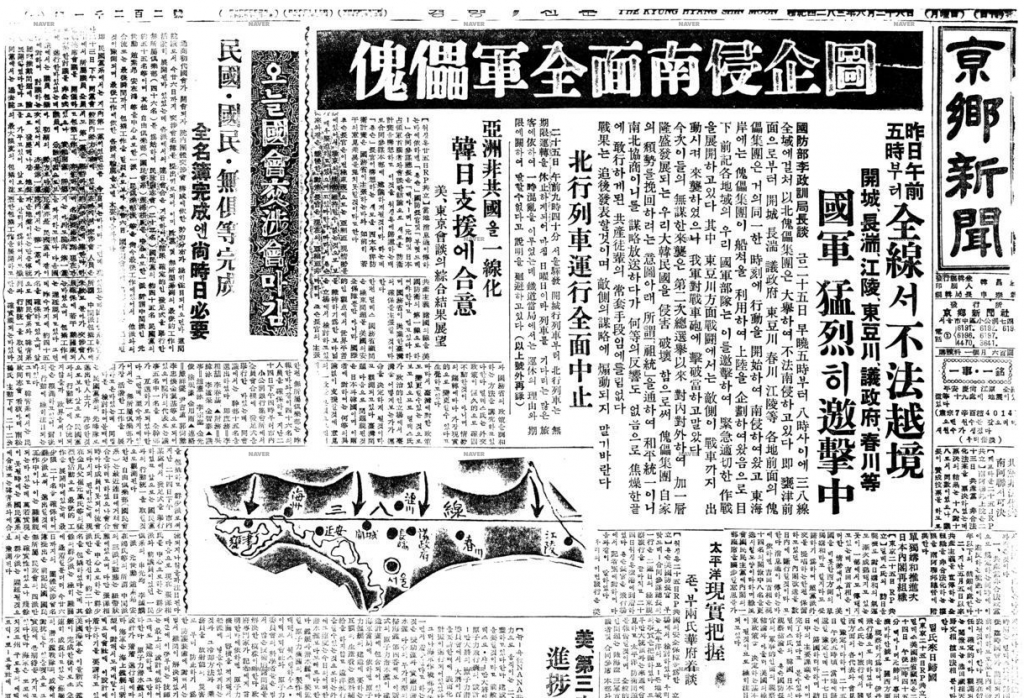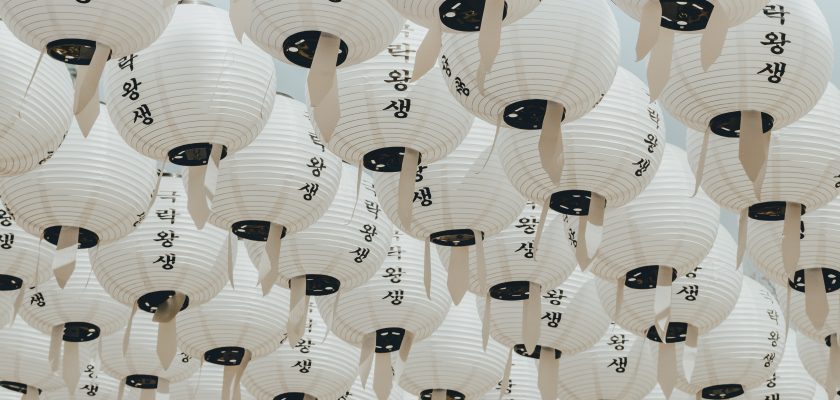The Birth of the World’s Easiest Writing System.
Hangul (한글), the Korean writing system, is an alphabet of 24 letters made up of 10 consonants and 14 vowels. Unlike most other written languages, Hangul is unique in the way it was created deliberately rather than having evolved over time.
Before the 15th century, Chinese was used as the normal medium of written communication. This system was known in Korea as Hanja (한자, 漢字) but the transferring of Chinese script to the Korean language caused issues. The two languages were fundamentally different in structure and didn’t represent the sounds of spoken Korean at all. This made it extremely difficult to learn and as a result, Hanja was out of reach for the lower classes.
Seeing the divide between the elites and lower classes, King Sejong of the Choson dynasty wanted to unite the people of Korea by inventing an alphabet for the language. By 1446, Hangul was unveiled and was made the official writing system.

Despite how much it improved literacy, Hangul nearly died out due to the elite wanting to preserve their status. For them, Hanja was the only true way to write Korean and Hangul was eventually banned by King Yeonsnagum in the 16th century. Fast forward 500 years, Hangul saw a resurgence during the Japanese occupation and the use of Hanja started to decline in the 1970s. These days, almost all Korean is written in Hangul and Korea boasts near 100% literacy nationwide!

Fun fact! There is even a national holiday set aside in honour of the invention of Hangul. Hangul Day (한글날) is celebrated on October 9 and is the world’s only official holiday dedicated to a writing system.
The Mechanics of Hangul
Just like how English assigns a sound to each letter, Hangul is also phonetic. However, it includes a number of changes that make it particularly well adapted to Korean. Instead of each letter being written in a straight line, each syllable is formed in a block-like shape that matches the Chinese characters they replaced. This simplifies the process of determining the definition of any Chinese-based words. With each block containing at least one consonant and one vowel, consonants are designed to look like the speaker’s mouth shape when pronouncing the corresponding sounds, whereas vowels include elements meaning ‘sky( · )’, ‘land(ㅡ)’, and ‘human(ㅣ)’. As the spoken words mostly sound exactly as they are written, Hangul is recognized to be one of the world’s easiest writing systems to learn.

Sources:
Research
https://www.90daykorean.com/hangul-day/
https://www.britannica.com/topic/Hangul-Korean-alphabet
https://www.britannica.com/topic/writing/Chinese-writing-and-its-derivatives
Images
https://www.90daykorean.com/hangul-day/
https://ellun.tistory.com/m/277
https://m.blog.naver.com/PostView.naver?isHttpsRedirect=true&blogId=hanuinuri&logNo=60123307274
